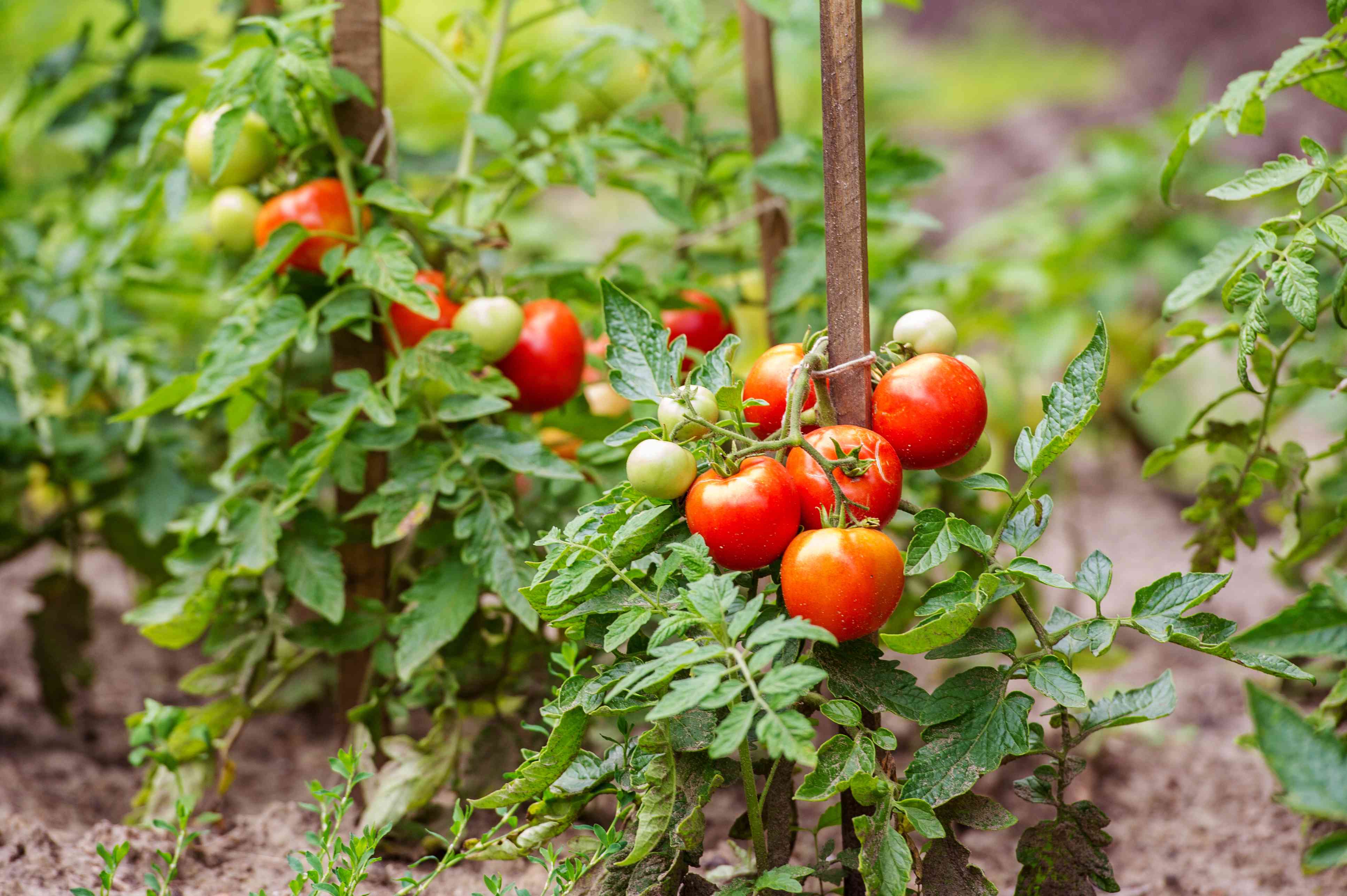

Articles
How To Make Vegetable Garden
Modified: October 20, 2024
Learn how to make a thriving vegetable garden with our comprehensive gardening guide. Get expert tips and advice to enhance your gardening skills and grow your own fresh produce.
(Many of the links in this article redirect to a specific reviewed product. Your purchase of these products through affiliate links helps to generate commission for Storables.com, at no extra cost. Learn more)
Introduction
Welcome to the wonderful world of vegetable gardening! Whether you have a sprawling backyard or a small balcony, growing your own vegetables is not only a rewarding hobby but also a great way to ensure a supply of fresh and healthy produce. Plus, it can be a fun and educational activity for the whole family. In this article, we will guide you through the process of creating and maintaining a successful vegetable garden.
Before you dive into the exciting world of vegetable gardening, it’s important to understand the basic principles and techniques involved. From choosing the right location to harvesting your own homegrown veggies, we’ll cover everything you need to know to get started.
So why should you consider starting your own vegetable garden? Firstly, it allows you to have complete control over what goes into your produce. You can grow vegetables without the use of pesticides or chemicals, ensuring that you and your family are consuming the freshest and healthiest food possible.
Secondly, vegetable gardening is a fantastic way to save money. Instead of relying on store-bought vegetables, you can grow your own and cut down on grocery expenses. Plus, there’s something incredibly satisfying about picking a ripe tomato or plucking a freshly grown cucumber from your own garden!
Lastly, vegetable gardening provides a great opportunity to connect with nature and experience the joys of watching your plants grow from seedlings to bountiful harvest. It’s a wonderful way to de-stress and get some physical activity as you tend to your plants.
But before you start digging, it’s important to have a plan in place. In the following sections, we’ll walk you through the key steps involved in creating and maintaining a successful vegetable garden. From choosing the right location to managing pests and diseases, we’ll cover it all. So grab your gardening gloves and let’s get started on this green and fruitful journey!
Key Takeaways:
- Grow your own vegetable garden to enjoy fresh, healthy produce, save money, and connect with nature. It’s a rewarding, educational, and stress-relieving activity for the whole family.
- Choose the right location, prepare the soil, select the best vegetable varieties, and implement proper care techniques to ensure a successful and bountiful vegetable garden. Remember, gardening is a continuous learning process filled with joy and rewards.
Read more: How To Make A Raised Garden
Choosing the Right Location
When it comes to vegetable gardening, choosing the right location for your garden is crucial for the success of your plants. Here are some factors to consider when selecting a location:
- Sunlight: Most vegetables thrive in full sun, which means they need at least 6-8 hours of direct sunlight each day. Choose a spot that receives ample sunlight to ensure optimal growth and productivity.
- Soil Quality: Vegetables prefer well-drained soil that is rich in organic matter. Before starting your garden, test the soil pH and nutrient levels. Make any necessary amendments, such as adding compost or organic fertilizers, to improve the soil quality.
- Proximity to Water Source: Your vegetable garden should be conveniently located near a water source, such as a hose or irrigation system. Adequate and regular watering is essential for the health and growth of your plants.
- Protection from Wind: Strong winds can damage plants and hinder their growth. Consider planting your vegetable garden in a location that is sheltered from strong gusts of wind, such as near a fence or hedge.
- Accessibility: Make sure your garden is easily accessible so that you can tend to your plants without any hassle. A close proximity to your house will make it more convenient to water, harvest, and maintain your garden.
Additionally, take into account any specific requirements of certain vegetables. Some may need more shade, while others thrive in raised beds or containers. Research the specific needs of the vegetables you plan to grow and choose a location that suits those requirements.
If you have limited space, don’t worry! You can still enjoy vegetable gardening by opting for container gardening or vertical gardening. You can grow vegetables in pots, hanging baskets, or even on wall-mounted trellises.
Remember, gardening is all about experimentation and learning. If your first choice of location doesn’t yield the desired results, don’t be discouraged. You can always make adjustments in the future and try new spots for your garden.
Now that you know how to select the right location for your vegetable garden, it’s time to move on to the next step: preparing the soil. With the right foundation, your plants will have the best chance to flourish and provide you with a bountiful harvest.
Preparing the Soil
Preparing the soil is a crucial step in creating a healthy and productive vegetable garden. Good soil provides essential nutrients and a suitable growing environment for your plants. Here are the steps to prepare your soil:
- Clear the Area: Start by clearing the area of any weeds, grass, or debris. Remove any large rocks or roots that may hinder the growth of your plants.
- Loosen the Soil: Use a garden fork or tiller to loosen the soil. This helps improve drainage and allows the roots to penetrate the soil more easily. Avoid working the soil when it is too wet, as this can cause compaction.
- Add Organic Matter: Incorporate organic matter into the soil to improve its structure and fertility. This can include compost, well-rotted manure, or leaf mulch. Spread a layer of organic matter on top of the soil and mix it in thoroughly with a garden fork or tiller.
- Test the Soil: Consider testing the soil to determine its pH level and nutrient content. You can use a home testing kit or send a sample to a laboratory for analysis. Based on the results, you can make any necessary adjustments by adding lime or sulfur to balance the pH and adding specific fertilizers to address nutrient deficiencies.
- Level and Smooth: After incorporating organic matter and making necessary adjustments, level the soil surface with a rake. Smooth out any bumps or uneven areas to create a uniform surface for planting.
By preparing the soil properly, you create an optimal environment for your vegetable plants to grow and thrive. It allows for better root development, nutrient uptake, and water retention.
It’s important to note that soil preparation is not a one-time task. As you continue to garden, you can maintain soil health by adding organic matter regularly, practicing crop rotation to prevent nutrient depletion, and avoiding excessive tilling, which can disrupt the soil structure.
Now that your soil is ready, you can move on to the next step: selecting the vegetable varieties that you want to grow in your garden. The choices are endless, so make sure to consider your climate, available space, and personal preferences when deciding which vegetables to include in your garden.
Selecting Vegetable Varieties
When it comes to vegetable gardening, one of the most exciting aspects is choosing which varieties to grow. With so many options available, you can customize your garden to suit your taste preferences, available space, and climate. Here are some factors to consider when selecting vegetable varieties:
- Climate Compatibility: Different vegetables have different temperature requirements. Consider the climate of your area and choose varieties that are well-suited to your region. Some vegetables may thrive in cooler temperatures, while others require warmer conditions.
- Space and Yield: Take into account the space available in your garden and choose varieties that fit well. Determinate varieties, such as bush beans or determinate tomatoes, are more compact and suitable for smaller gardens. Indeterminate varieties, on the other hand, can grow and produce fruits continuously throughout the season but may require more space.
- Time to Maturity: Consider the time it takes for different varieties to reach the harvest stage. Some vegetables, like radishes or lettuce, have a quick turnaround time and can be harvested within a few weeks. Others, such as tomatoes or watermelons, may take several months before they are ready to harvest.
- Taste and Preference: Take your personal taste preferences into account when choosing vegetable varieties. Some people may prefer sweeter tomatoes, while others enjoy more acidic flavors. Experiment with different varieties to find the ones that suit your palate the best.
- Disease Resistance: Some vegetable varieties have been bred to have resistance to common diseases or pests. This can be beneficial in preventing crop loss and reducing the need for chemical treatments. Look for varieties with disease-resistant traits, especially if you have had issues with specific pests or diseases in the past.
It’s also important to consider the availability of seeds or seedlings for the chosen varieties. Check with local nurseries, gardening centers, or online sources for a wide range of vegetable varieties suitable for your region.
Don’t be afraid to try new and unique varieties to add excitement and diversity to your garden. Consider heirloom varieties, which are open-pollinated and often have unique flavors and characteristics.
Now that you have selected your vegetable varieties, it’s time to get your hands dirty! In the next section, we will explore the process of sowing or planting seeds in your garden, setting the stage for the growth and development of your vegetable plants.
Sowing or Planting Seeds
Now that you have chosen the perfect vegetable varieties for your garden, it’s time to sow or plant the seeds. This step is crucial for the successful growth and development of your plants. Here’s how you can sow or plant seeds in your vegetable garden:
- Read the Seed Packets: Before you begin, carefully read the instructions on the seed packets. They provide valuable information such as optimal planting depth, spacing requirements, and germination time.
- Prepare the Soil: Ensure that the soil is well-prepared and moist. Use a garden fork or rake to create a level and smooth surface for planting.
- Sow Seeds Directly: For vegetables that are typically sown directly in the ground, such as carrots, radishes, or beans, follow the instructions on the seed packets regarding the recommended spacing and planting depth. Make sure to water the area gently after sowing the seeds.
- Start Seeds Indoors: Some vegetables, like tomatoes, peppers, or eggplants, benefit from an early start indoors. Fill seed trays or pots with seed starting mix and plant the seeds according to the recommended depth. Place the trays in a warm and well-lit area, and water regularly.
- Transplant Seedlings: Once the seedlings have grown and developed a few true leaves, they are ready to be transplanted into the garden. Dig holes in the prepared soil based on the recommended spacing for each vegetable variety. Carefully remove the seedlings from the trays and place them in the holes. Gently firm the soil around the seedlings and water well.
- Provide Proper Care: After sowing or transplanting the seeds, it’s important to provide proper care to ensure their healthy growth. Water the garden regularly, ensuring that the soil stays consistently moist but not waterlogged. Mulch around the plants to conserve moisture, suppress weeds, and regulate soil temperature. Monitor the growth of your plants and provide support like trellises or cages for vining or tall plants if needed.
Remember to label your seeds or seedlings to keep track of the different varieties in your garden. This will help you identify them as they grow and when it’s time to harvest.
Patience is key during this stage, as it may take some time for the seeds to germinate and the plants to grow. Be sure to read the specific instructions for each vegetable variety to determine when you can expect to see seedlings emerge or when to transplant them into the garden.
With proper sowing or planting techniques, you are now on your way to watching your garden flourish and enjoying a bountiful harvest. In the next section, we’ll discuss the importance of watering and irrigation in maintaining the health and productivity of your vegetable garden.
Read more: How To Make Rows In A Garden
Watering and Irrigation
Water is a vital element for the health and growth of your vegetable garden. Proper watering and irrigation techniques ensure that your plants receive the necessary moisture to thrive. Here are some tips to help you water your vegetable garden effectively:
- Understand Water Needs: Different vegetables have different water requirements. Some vegetables, like lettuce or cabbage, prefer consistently moist soil, while others, like tomatoes or peppers, prefer slightly drier conditions. Research the specific water needs of each vegetable variety and adjust your watering practices accordingly.
- Water Deeply: When you water your garden, it’s important to water deeply to encourage deep root growth. Light and frequent watering can lead to shallow root development and make plants more prone to stress. Aim to provide enough water to penetrate the root zone, typically about 6-8 inches deep.
- Maintain Consistency: Consistency is key when it comes to watering. Water your garden regularly and consistently to avoid extreme fluctuations in soil moisture. Irregular watering can stress plants and result in poor growth and productivity.
- Water in the Morning: It’s best to water your vegetable garden in the early morning. This allows the leaves to dry off during the day, reducing the risk of fungal diseases. Watering in the evening can promote prolonged leaf wetness, which can lead to fungal growth.
- Use Mulch: Apply a layer of organic mulch, such as straw, wood chips, or dried leaves, around your plants. Mulch helps to retain soil moisture, suppress weeds, and regulate soil temperature. It also reduces the need for frequent watering by slowing down evaporation.
- Consider Drip Irrigation: Drip irrigation is a highly efficient method of watering that delivers water directly to the root zone of plants. It reduces water wastage through evaporation and ensures that plants receive a consistent water supply. Consider installing a drip irrigation system for your vegetable garden for optimal water efficiency.
Monitor the moisture levels of your garden regularly by checking the soil. Stick your finger about an inch into the soil to feel for moisture. If it feels dry, it’s time to water. If it feels moist, hold off on watering for a bit. Remember, it’s better to slightly underwater than overwater, as excessive moisture can lead to root rot and other problems.
Keep in mind that weather conditions, such as rainfall and temperature, can affect the watering needs of your garden. Adjust your watering schedule accordingly to accommodate for these variations.
By adequately watering and providing consistent moisture to your vegetable garden, you’ll be supporting healthy growth and maximizing the productivity of your plants. In the next section, we’ll explore the importance of fertilizing your garden to ensure optimal nutrition for your vegetable plants.
When planning your vegetable garden, consider the sunlight and water needs of each plant. Group together those with similar requirements to make maintenance easier.
Fertilizing the Garden
Fertilizing your vegetable garden is essential to provide the necessary nutrients for robust plant growth and high yields. While nutrient-rich soil and organic matter go a long way in supporting healthy plants, adding fertilizers helps replenish and maintain nutrient levels. Here are some tips for fertilizing your garden:
- Soil Testing: Before applying fertilizers, it’s beneficial to conduct a soil test. This will determine the nutrient levels in your soil and guide you in making informed fertilizer decisions. Soil tests can be done using a home testing kit or by sending a sample to a lab for analysis. The results will help you understand which nutrients may be lacking and require supplementation.
- Organic Fertilizers: Organic fertilizers are derived from natural sources and provide slow-release nutrients to plants. Examples include compost, well-rotted manure, and worm castings. Organic fertilizers nourish the soil, improve its structure, and promote long-term soil fertility.
- Chemical Fertilizers: Chemical or synthetic fertilizers are formulated to provide specific nutrients to plants in a concentrated form. They can be fast-acting and suitable for addressing specific nutrient deficiencies. When using chemical fertilizers, it’s important to follow the instructions carefully to prevent over-application, which can harm plants or leach into groundwater.
- NPK Ratio: Fertilizers are labeled with three numbers representing the NPK ratio (nitrogen, phosphorus, and potassium). These numbers indicate the percentage of each nutrient in the fertilizer. Different vegetables have varying nutrient requirements, so it’s important to choose a fertilizer with the right NPK ratio for your specific crops.
- Timing of Application: Fertilizers can be applied to the soil before planting (pre-planting fertilization) or during the growing season (side-dressing). Pre-planting fertilization incorporates fertilizers into the soil before sowing or transplanting, while side-dressing involves applying fertilizers around the base of established plants as they grow.
- Follow Recommended Rates: Always follow the recommended rates of application provided on the fertilizer package. Applying too much fertilizer can lead to nutrient imbalances, excessive foliage growth, and environmental pollution. It’s better to err on the side of caution and apply less fertilizer rather than overdoing it.
Remember, organic matter and compost also serve as natural fertilizers and contribute to overall soil fertility. Regularly adding compost or well-rotted organic matter to your garden helps enrich the soil, improve soil structure, and support the growth of microorganisms that aid in nutrient availability.
It’s important to note that too much fertilizer can be harmful to plants and the environment. Over-fertilization can lead to nutrient imbalances, burning of plants, or water pollution. Always follow the recommended rates and guidelines for fertilizing your vegetable garden.
By nourishing your garden with the right fertilizers and maintaining proper nutrient balance, you’ll provide your vegetable plants with the essential elements they need to thrive and produce a bountiful harvest. In the next section, we’ll discuss strategies for controlling weeds and keeping your garden free from unwanted competition.
Controlling Weeds
Weeds can be a persistent nuisance in any garden, competing with your vegetable plants for sunlight, nutrients, and water. Controlling weeds is essential for maintaining the health and productivity of your garden. Here are some effective strategies to keep weeds at bay:
- Mulching: Apply a layer of organic mulch, such as straw, wood chips, or shredded leaves, around your plants. Mulch helps suppress weed growth by blocking sunlight, preventing weed seeds from germinating, and inhibiting their growth. Additionally, mulch helps conserve soil moisture and regulate soil temperature.
- Hand Pulling: Regularly inspect and hand-pull weeds from your garden. Be vigilant and remove weeds when they are small to prevent them from establishing deep roots or going to seed. Use a hand trowel or garden fork to loosen the soil around the weeds and gently pull them out, taking care to remove the entire root system.
- Cultivation: Use a hoe or cultivator to lightly cultivate the soil between rows and around plants to disrupt weed growth. This breaks up the soil surface, uproots young weeds, and exposes them to the sun, causing them to wither and die. Take care not to disturb the roots of your vegetable plants.
- Chemical Weed Control: If organic methods alone are not sufficient, you can consider using herbicides as a last resort. Select a herbicide specifically formulated for vegetable gardens and follow the instructions carefully. Apply herbicides selectively, directly targeting the weeds, and avoid contact with your vegetable plants.
- Proper Spacing: Plant your vegetables in proper spacing to minimize the gaps between plants that allow weeds to flourish. Dense plantings create shade, reduce sunlight reaching the soil surface, and discourage weed growth.
- Consistent Maintenance: Regularly monitor your garden for weed growth and tackle them promptly. By staying on top of weed control and integrating it into your regular garden maintenance routine, you can prevent weeds from taking over and compounding the problem.
Preventing weeds from going to seed is crucial to avoid future weed issues. Remove any mature weeds before they set seed and spread throughout your garden. Dispose of weeds properly to prevent them from reseeding or recycling nutrients back into the soil.
It’s important to note that weed control is an ongoing process and requires persistence. By employing these strategies and staying dedicated to weed management, you’ll create a healthier and more productive environment for your vegetable plants.
Now that you’ve learned how to control weeds, let’s move on to discussing strategies for managing pests and diseases in your vegetable garden. Protecting your plants from potential threats is critical to ensure their growth and vitality.
Managing Pests and Diseases
Pests and diseases can pose significant threats to the health and productivity of your vegetable garden. However, with proper management strategies, you can minimize their impact and protect your plants. Here are some effective methods for managing pests and diseases:
- Identify Common Pests and Diseases: Learn to identify common pests and diseases that affect the vegetables you are growing. Recognizing the signs and symptoms allows for early intervention and targeted control measures. Consult gardening references, online resources, or seek advice from local gardening experts.
- Practice Crop Rotation: Crop rotation is a technique where you change the location of crops within your garden each year. This helps disrupt pest and disease cycles, as many pests and diseases are plant-specific. By rotating your crops, you make it harder for pests and diseases to establish and spread.
- Encourage Beneficial Insects: Certain insects, such as ladybugs, lacewings, and predatory wasps, are natural predators of common garden pests. Create a welcoming habitat for these beneficial insects by planting nectar-rich flowers, allowing some weeds to flower, and avoiding the use of broad-spectrum insecticides.
- Use Physical Barriers: Protect your plants from pests by using physical barriers. This can include garden netting, row covers, or fences to prevent access from insects or larger pests like rabbits or deer. Floating row covers can also be used to protect plants while still allowing air, light, and water to pass through.
- Handpick Pests: Regularly inspect your plants for pests, such as aphids, caterpillars, or snails. Remove them by hand, dropping them into a bucket of soapy water or using organic insecticidal soaps if necessary. Early intervention can prevent pest population explosions.
- Practice Good Sanitation: Maintain good garden hygiene by removing plant debris, fallen fruits, and vegetables from the garden. This helps eliminate hiding places and breeding grounds for pests and diseases. Dispose of any infected or infested plant material properly to prevent the spread of diseases.
- Use Organic Pest Control: Organic pest control methods, such as neem oil, diatomaceous earth, or insecticidal soaps, can be effective in managing pests without harming beneficial insects or pollinators. Follow the instructions carefully and apply the treatments only when necessary.
- Monitor for Diseases: Regularly check your plants for signs of diseases, including wilting, discoloration, spotting, or mold growth. Remove any infected plant parts promptly to prevent the spread of disease. Consider using disease-resistant varieties when available.
- Proper Watering and Fertilization: Maintain proper watering and fertilization practices to keep your plants healthy and resilient. Well-hydrated and well-nourished plants are better equipped to resist pests and diseases.
It’s essential to take a proactive approach to managing pests and diseases in your garden. Regular monitoring, early intervention, and the implementation of preventative measures are key to keeping your plants healthy and productive.
If you are unsure of how to handle specific pests or diseases, reach out to your local extension service or a gardening professional for guidance and tailored advice.
By effectively managing pests and diseases, you’ll create an environment in your vegetable garden that promotes the growth and success of your plants. Now, let’s move on to the exciting part: harvesting the delicious fruits of your labor!
Read more: How To Make A Rock Garden
Harvesting Vegetables
Harvest time is one of the most rewarding aspects of vegetable gardening. It’s the moment when you get to enjoy the delicious fruits (and veggies) of your labor. Knowing when and how to harvest your vegetables is essential to ensure peak flavor and freshness. Here are some tips for harvesting your vegetables:
- Refer to Seed Packets or Plant Tags: Check the seed packets or plant tags for specific information on when to harvest each type of vegetable. They will often provide guidelines on the ideal timing for harvesting, such as days to maturity or size indicators.
- Visual Cues: For many vegetables, visual cues can help determine their readiness for harvest. Watch for changes in color, size, or texture. Vegetables like tomatoes should have a vibrant color and yield to gentle pressure when ripe. Leafy greens should be crisp and tender.
- Harvest in the Morning: Harvest vegetables in the cool of the morning when their moisture content is highest. This helps maintain flavor and prolongs their shelf life. Avoid harvesting in the heat of the day as the vegetables may wilt quickly.
- Use Proper Tools: Use appropriate tools for harvesting to avoid damaging the plants. Pruning shears or a sharp knife work well for cutting larger fruits and vegetables, while gentle handpicking is suitable for smaller items like beans or cherry tomatoes.
- Handle with Care: Handle harvested vegetables gently to avoid bruising or damage. Treat them with care to preserve their quality. Place them in a basket or container lined with a soft material, such as a kitchen towel or newspaper, to cushion them during transport.
- Harvest Continuously: For crops like beans, cucumbers, or zucchini, harvest regularly to encourage continuous production. Pick them when they are young and tender for the best flavor. Leaving overripe vegetables on the plant can signal to the plant that it has completed its life cycle, reducing productivity.
- Enjoy Fresh or Store Properly: Enjoy the freshly harvested vegetables as soon as possible for the ultimate flavor and nutritional value. If you have more than you can consume at once, store them properly. Some vegetables, like carrots or potatoes, can be stored in a cool, dark place, while others, like lettuce, are best enjoyed immediately.
- Save Seeds (Optional): If you’re growing heirloom or open-pollinated varieties, you may want to save seeds for future plantings. Allow the vegetables to fully mature on the plant, harvest the seeds, and dry them thoroughly before storing them in a cool, dry place.
Remember, the joy of vegetable gardening lies not only in the harvest but also in nurturing and caring for your plants throughout the entire growing season.
Congratulations on successfully growing and harvesting your own vegetables! By following these harvesting guidelines, you’ll enjoy the freshest and most flavorful produce from your garden. Now it’s time to savor the fruits of your labor and start planning for your next garden adventure!
For any further guidance or gardening advice, don’t hesitate to reach out to your local agricultural extension office or fellow gardeners in your community. Happy harvesting!
Conclusion
Congratulations on completing your journey through the world of vegetable gardening! By following the steps outlined in this comprehensive guide, you have gained the knowledge and skills needed to create and maintain a successful vegetable garden. From choosing the right location to harvesting your own fresh produce, you have learned the key principles and techniques to ensure a bountiful and fulfilling gardening experience.
Throughout this article, we have explored important aspects such as choosing the right location for your garden, preparing the soil, selecting vegetable varieties, sowing or planting seeds, watering and irrigation, fertilizing the garden, controlling weeds, managing pests and diseases, and harvesting your vegetables.
By understanding the needs of your plants, providing them with proper care and attention, and being vigilant about potential challenges, you have set the stage for a thriving and productive garden. Remember, gardening is a continuous learning process, and each season brings new experiences and opportunities to refine your skills and knowledge.
Gardening not only provides you with the joy of harvesting your own fresh and delicious vegetables, but it also offers numerous other benefits. It connects you with nature, helps reduce stress, provides a great form of exercise, and allows you to create a sustainable and eco-friendly environment.
As with any hobby, don’t be afraid to experiment and explore. Try new vegetable varieties, incorporate different gardening techniques, and make adjustments based on your own observations and experiences. Gardening is a deeply personal and rewarding journey, and you have the power to cultivate a garden that reflects your unique preferences and style.
Remember to stay connected with the gardening community, whether it’s through online forums, local gardening clubs, or sharing your experiences with fellow gardening enthusiasts. These connections can provide valuable insights, practical tips, and a sense of community that enhances your gardening journey.
So, whether you have a small balcony or a vast backyard, embrace the world of vegetable gardening and reap the countless benefits it has to offer. Enjoy the process, marvel at the wonders of nature, and celebrate the delicious rewards that come from your own garden. Happy gardening!
Frequently Asked Questions about How To Make Vegetable Garden
Was this page helpful?
At Storables.com, we guarantee accurate and reliable information. Our content, validated by Expert Board Contributors, is crafted following stringent Editorial Policies. We're committed to providing you with well-researched, expert-backed insights for all your informational needs.
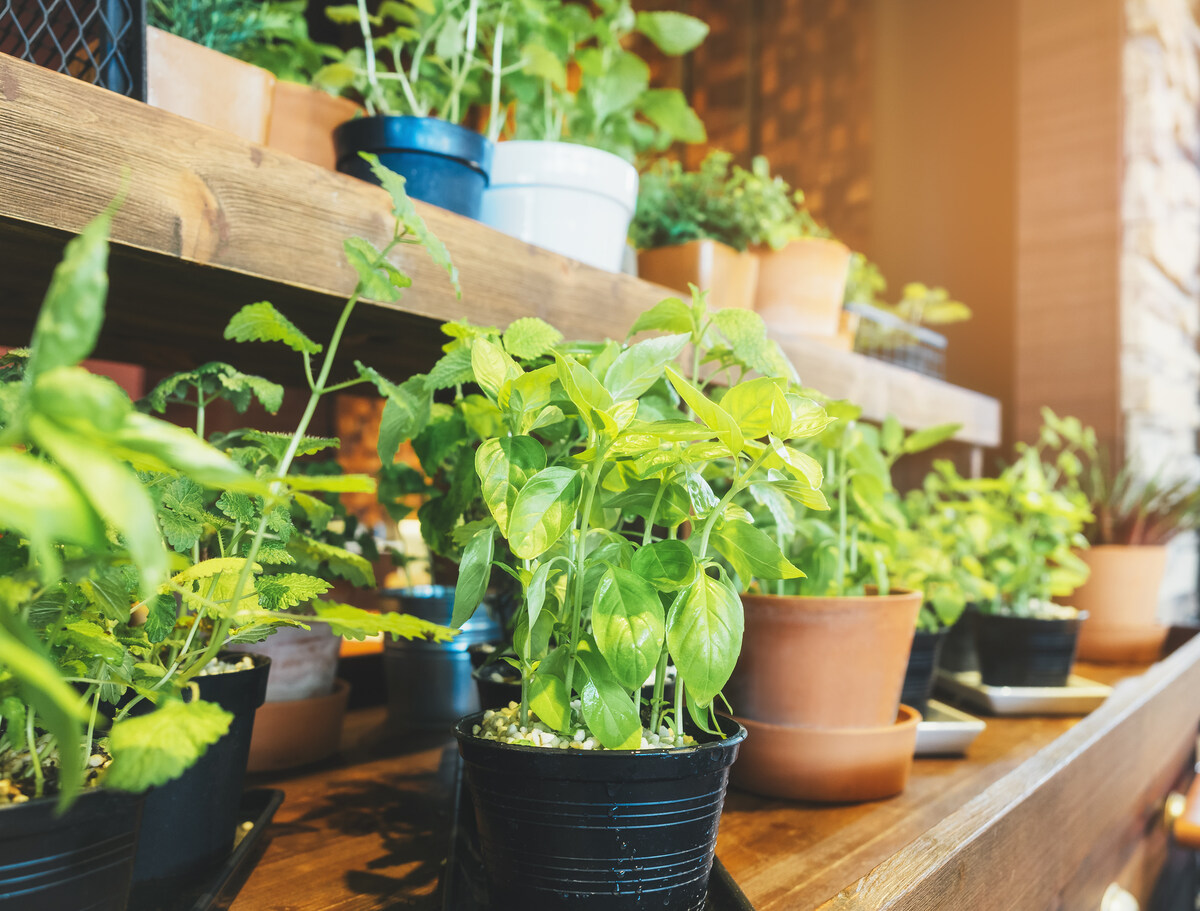
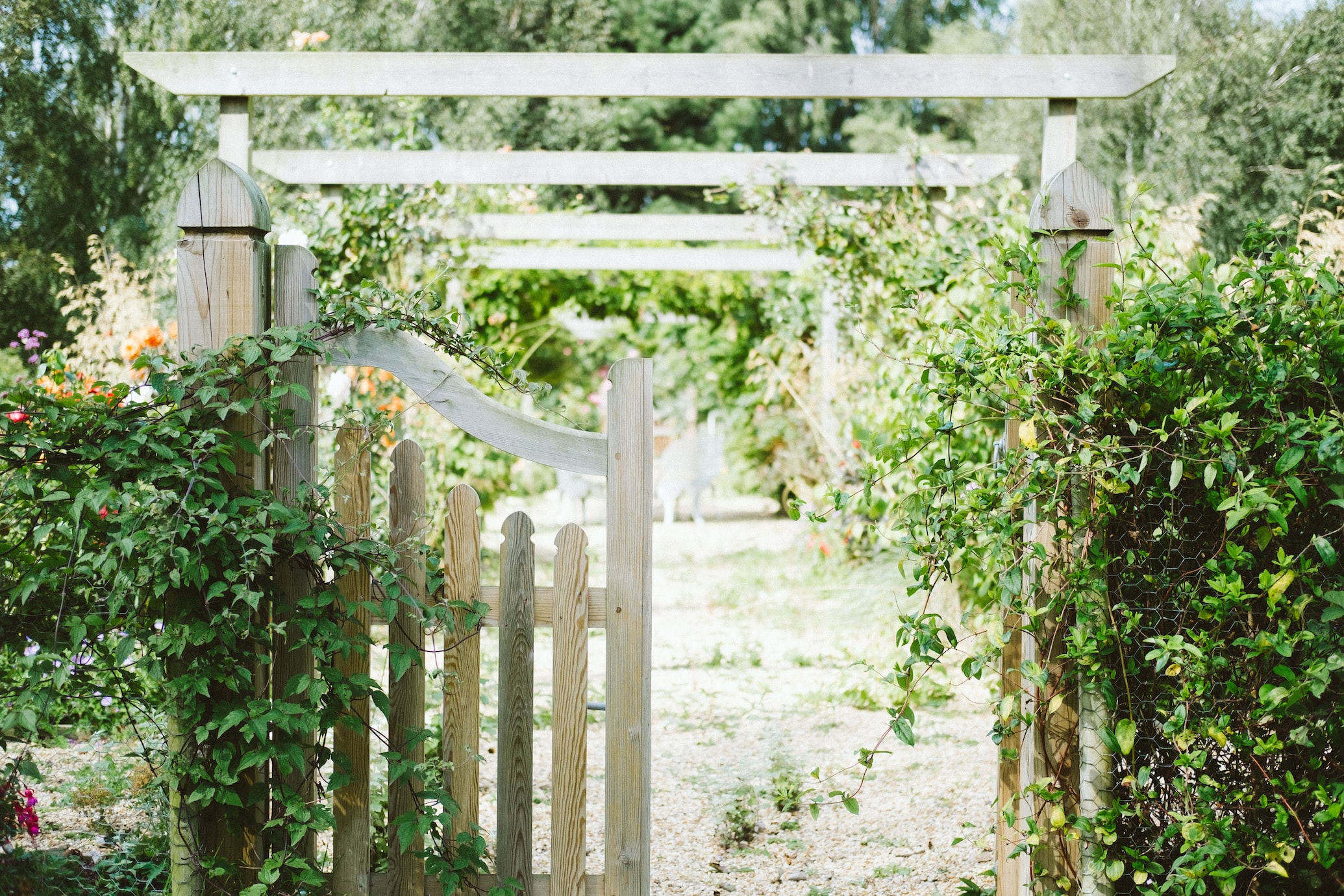
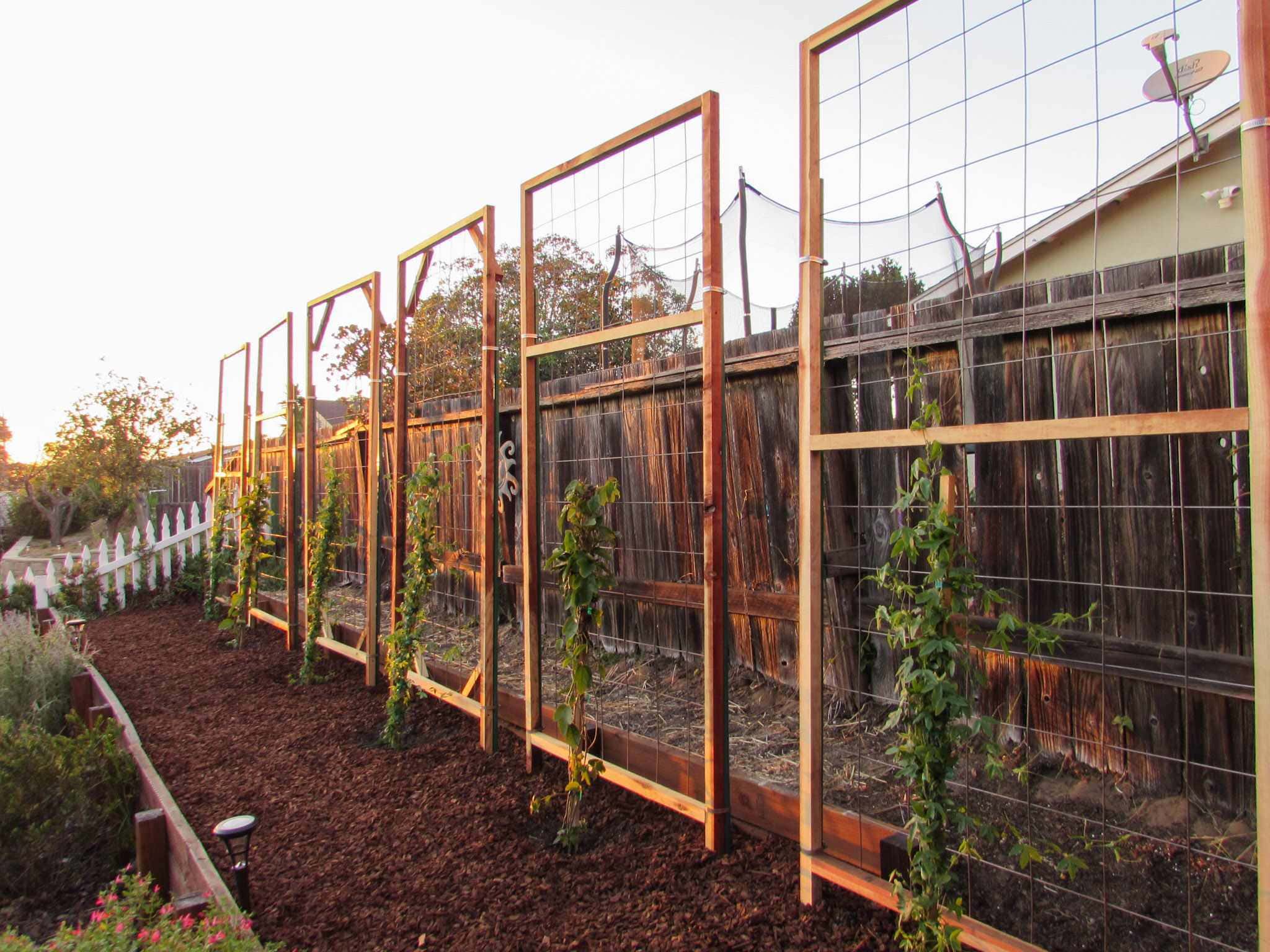
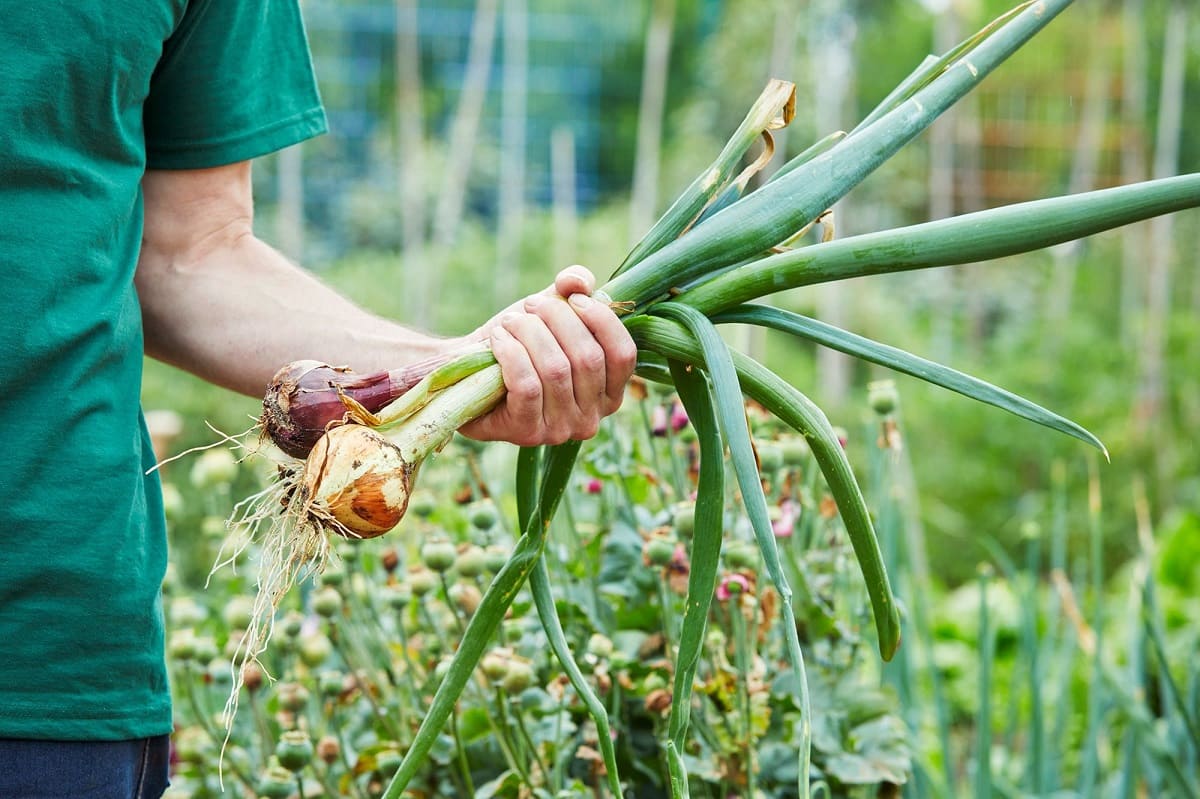
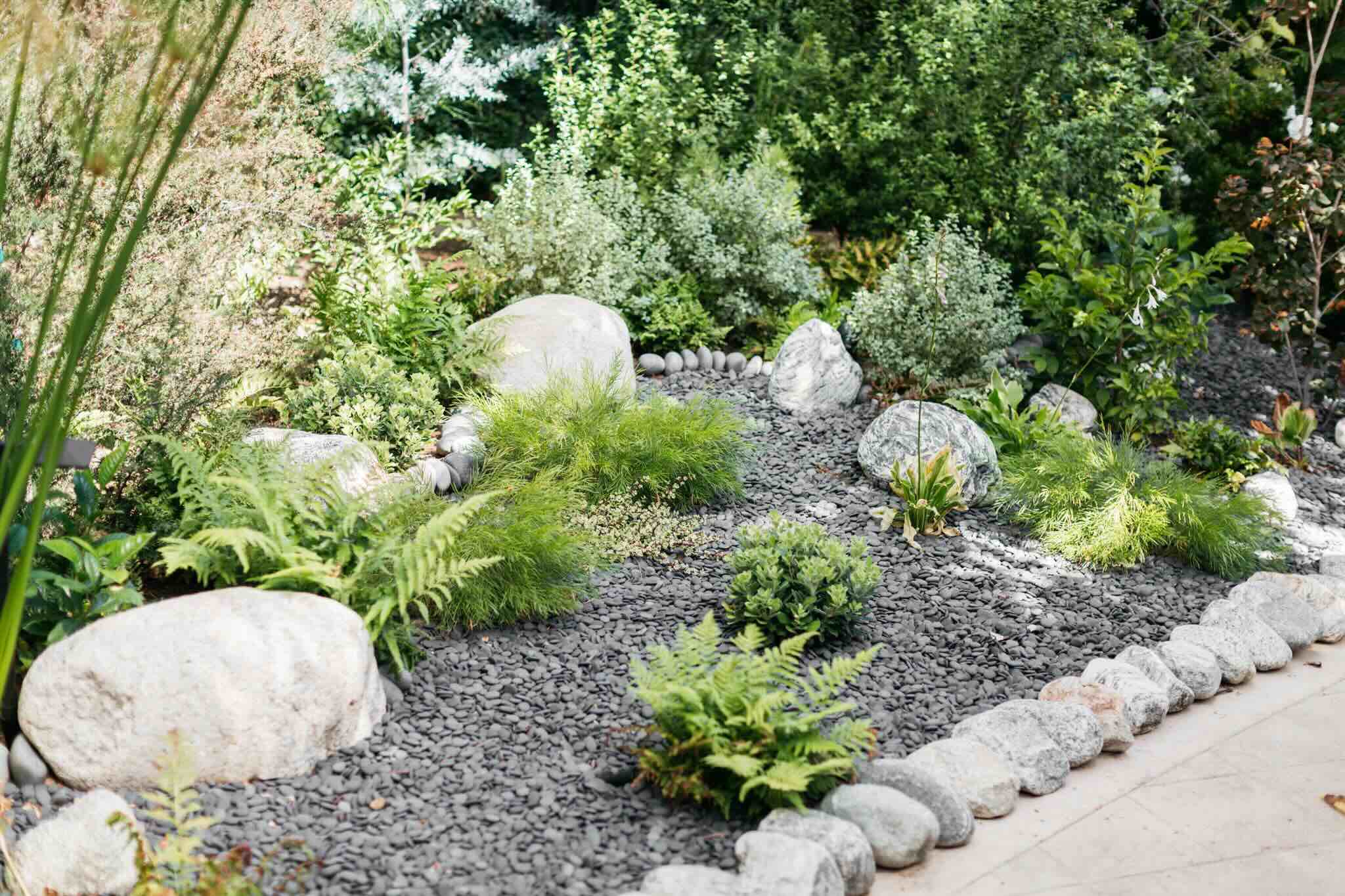
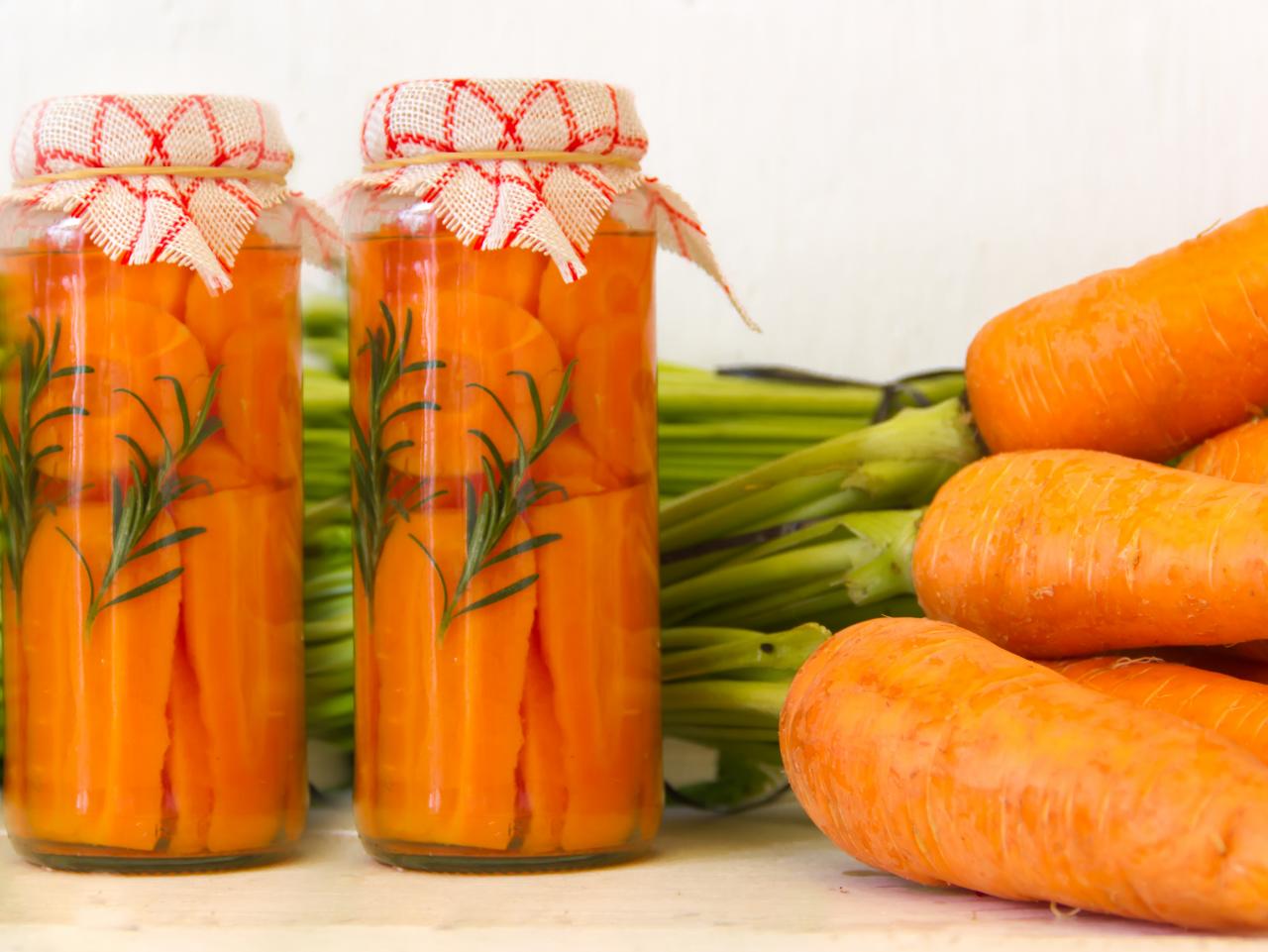
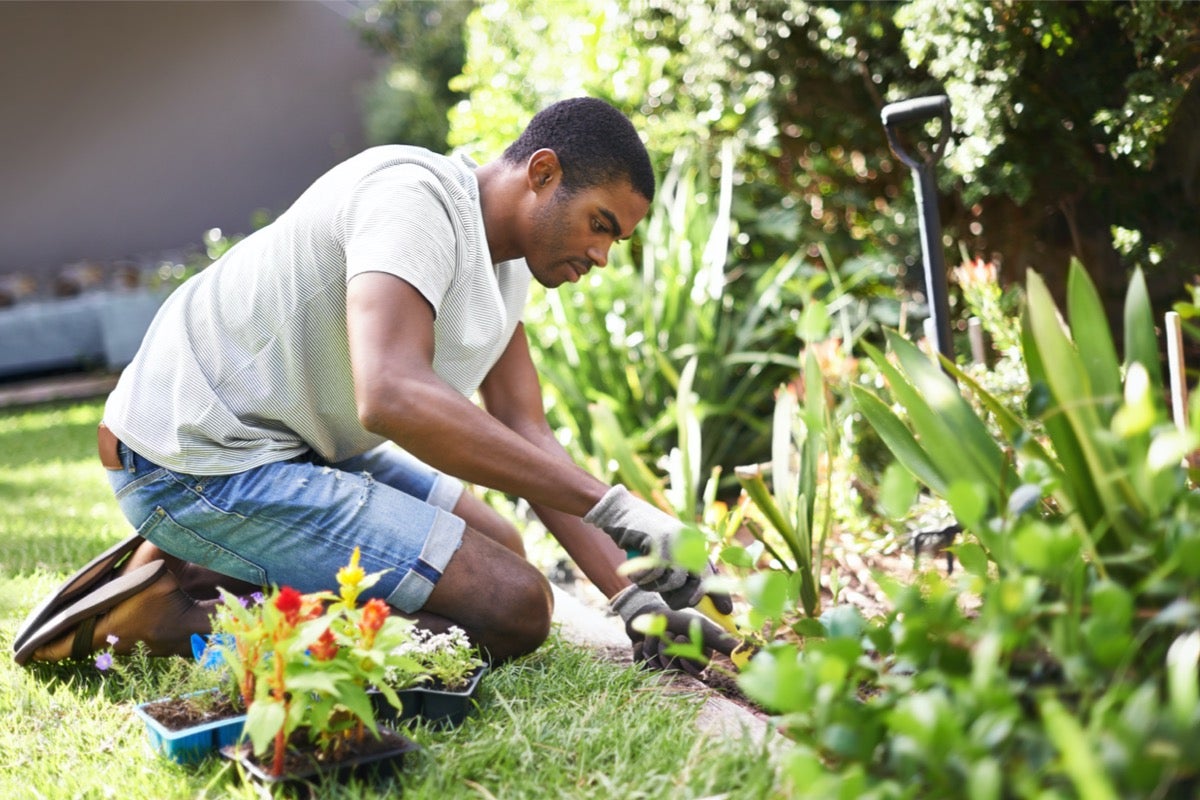
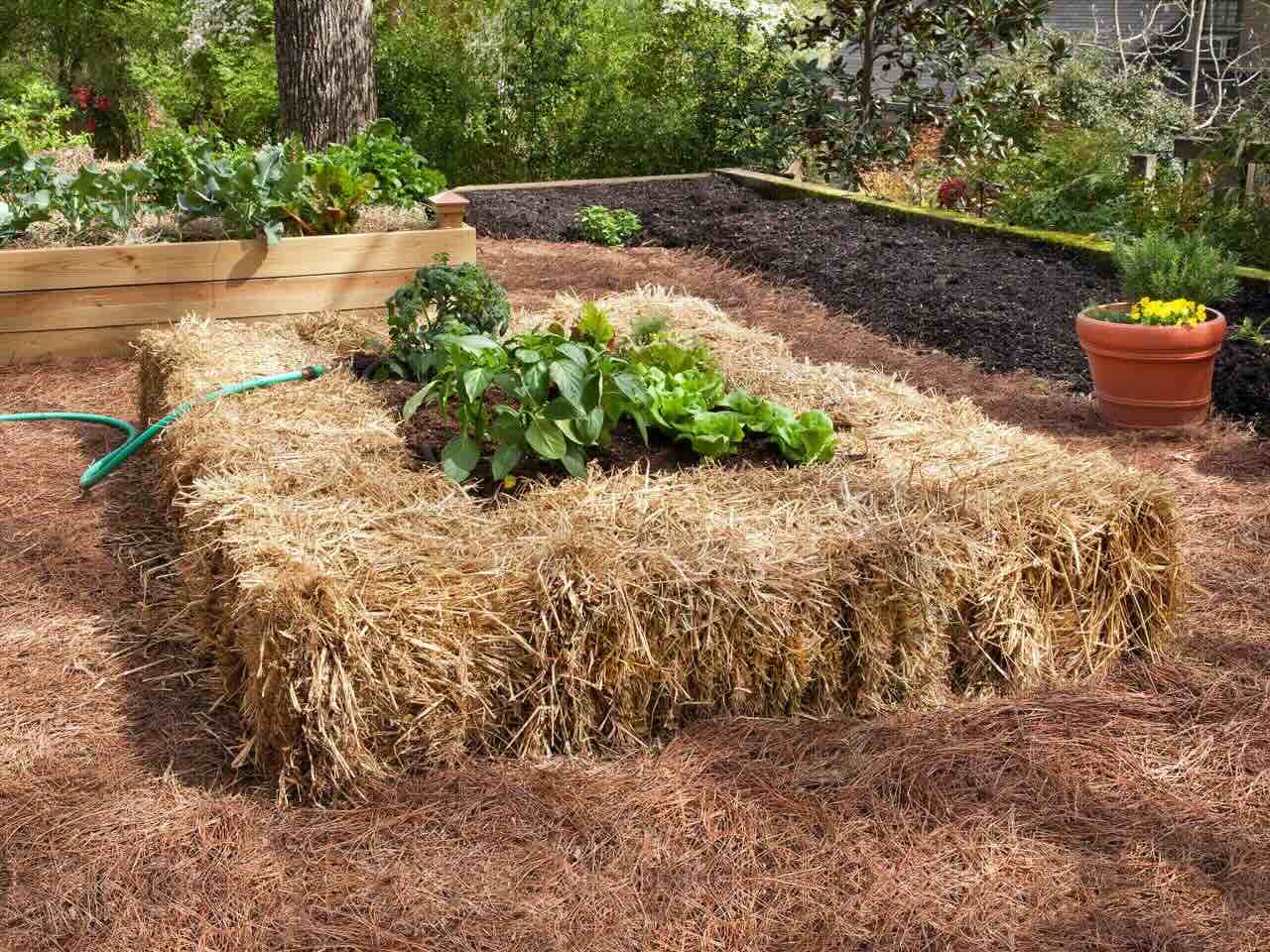
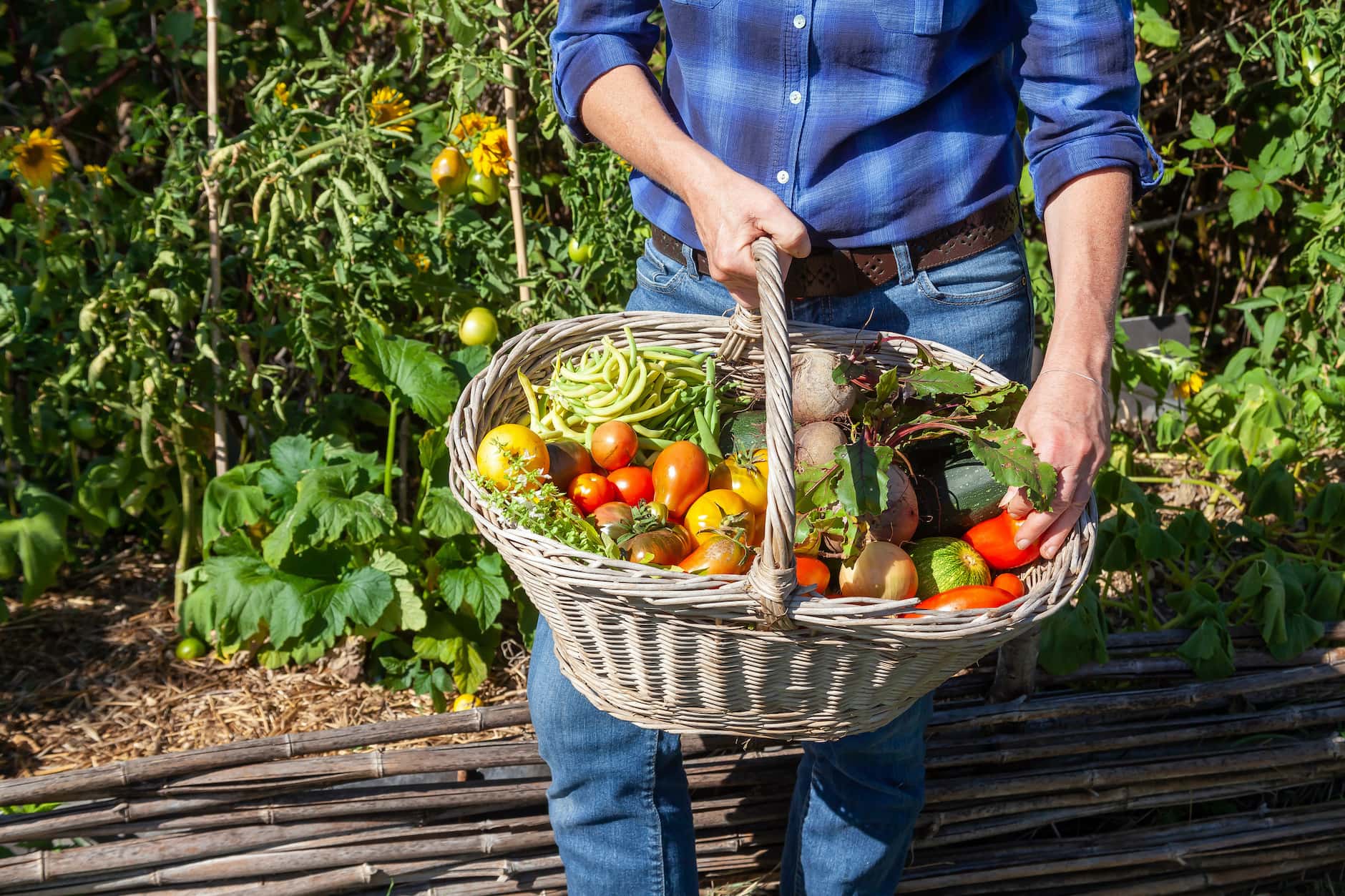
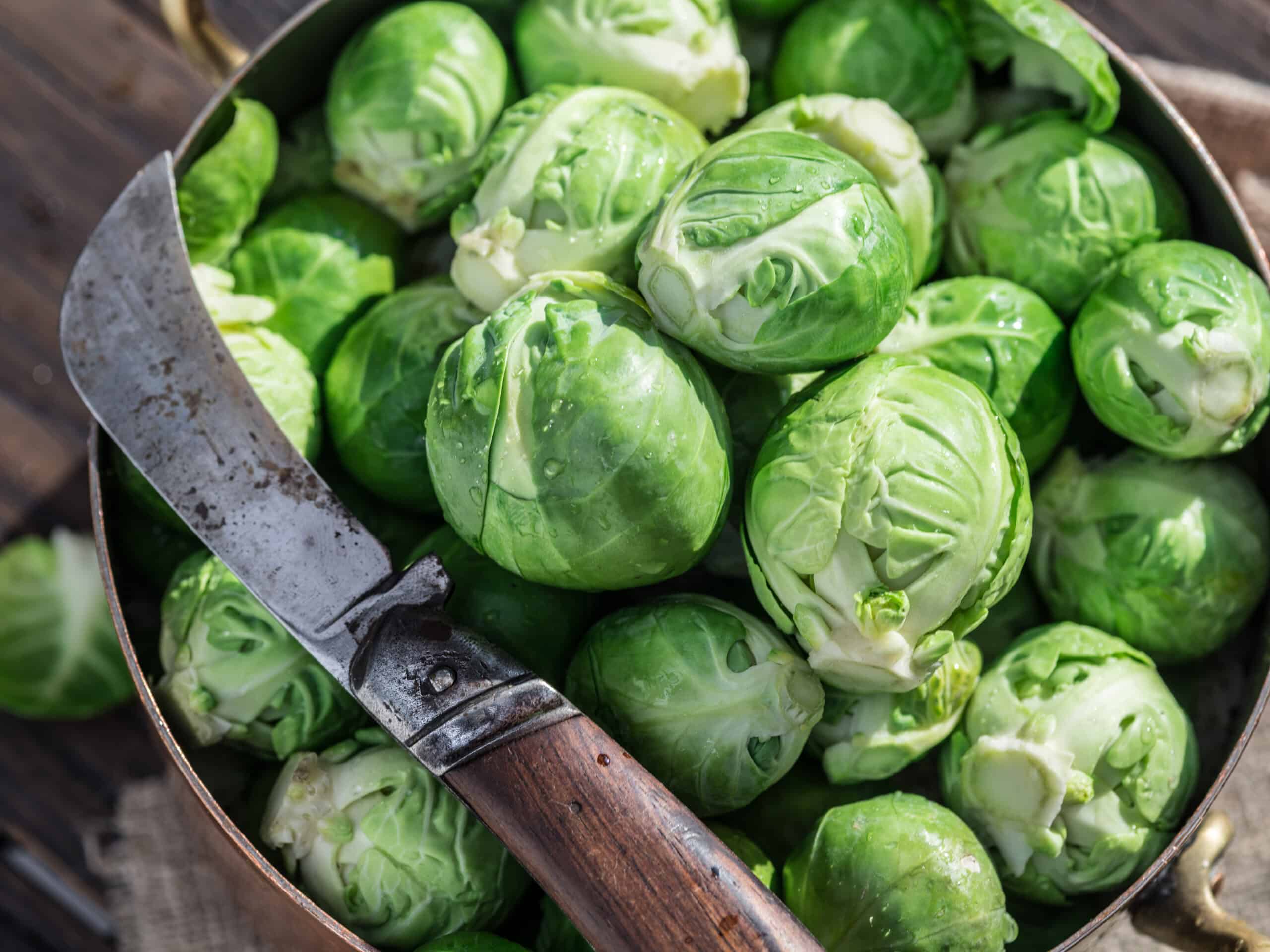
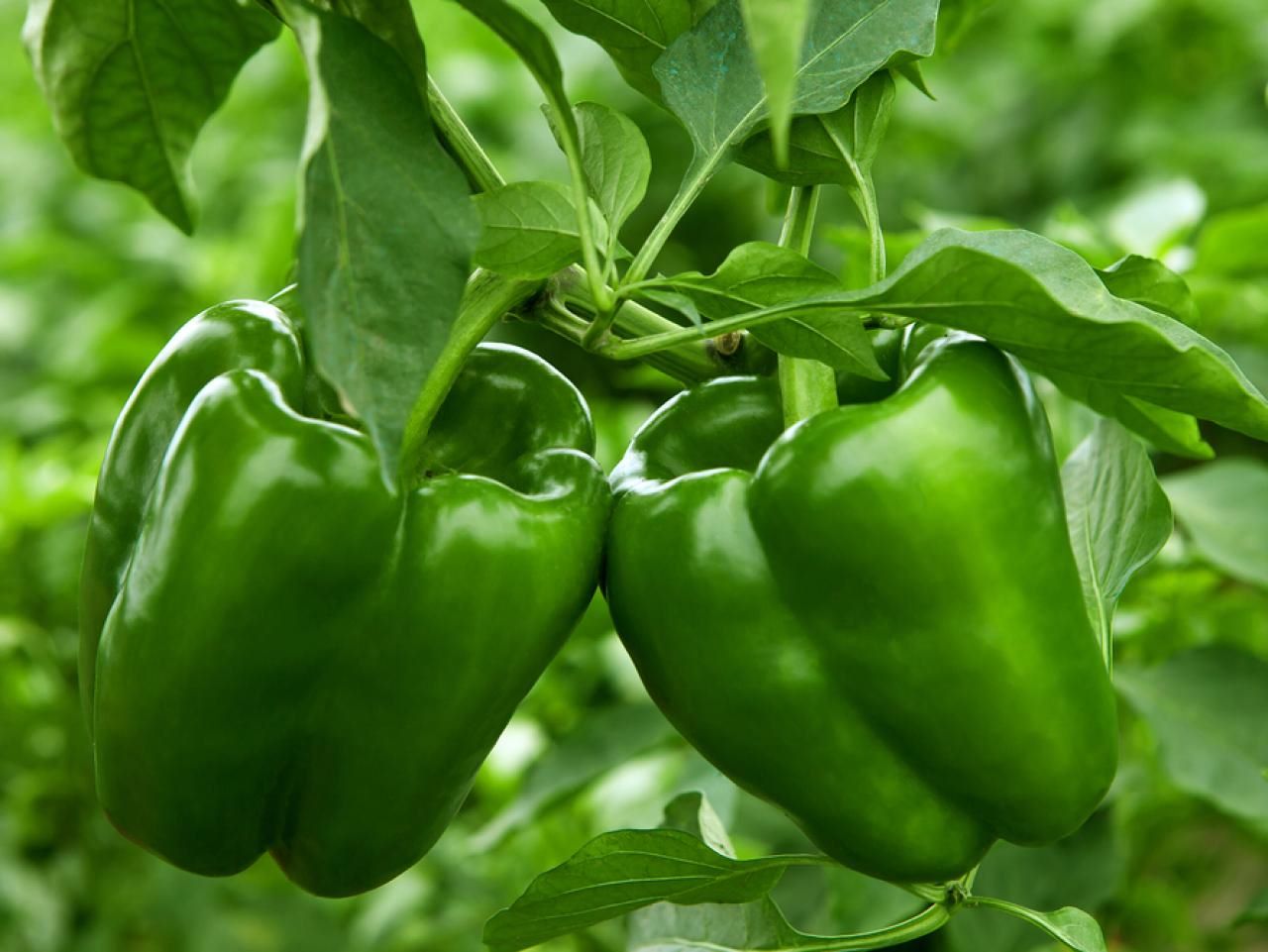
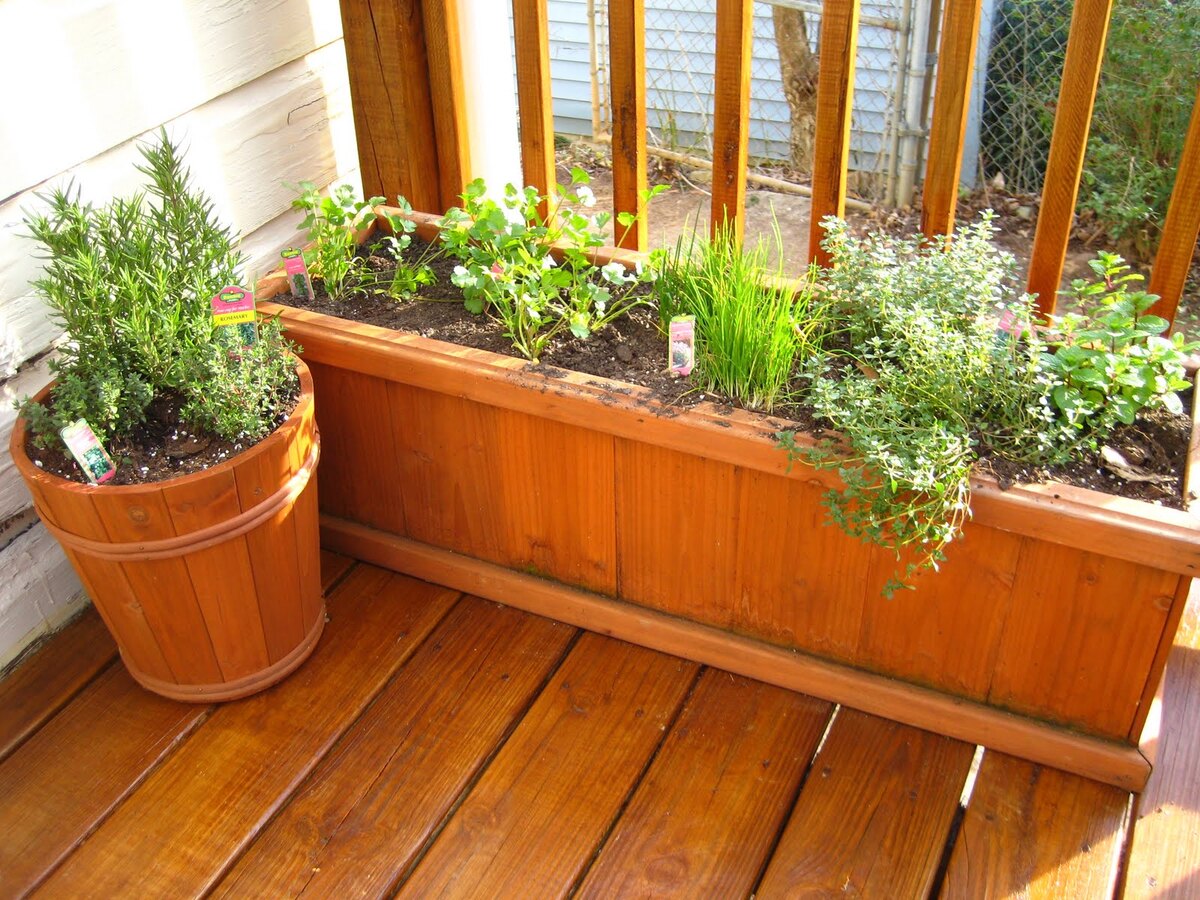
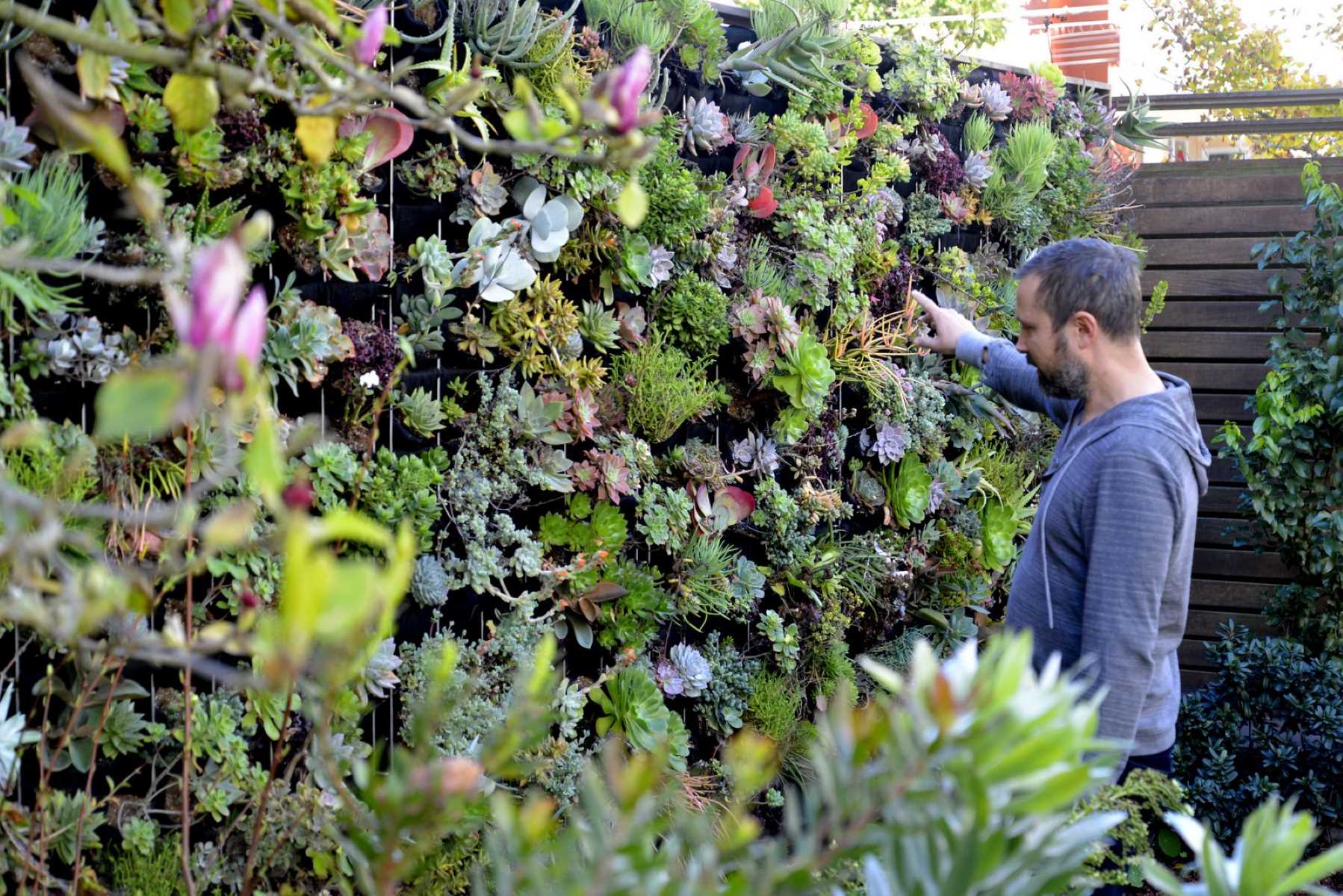

0 thoughts on “How To Make Vegetable Garden”